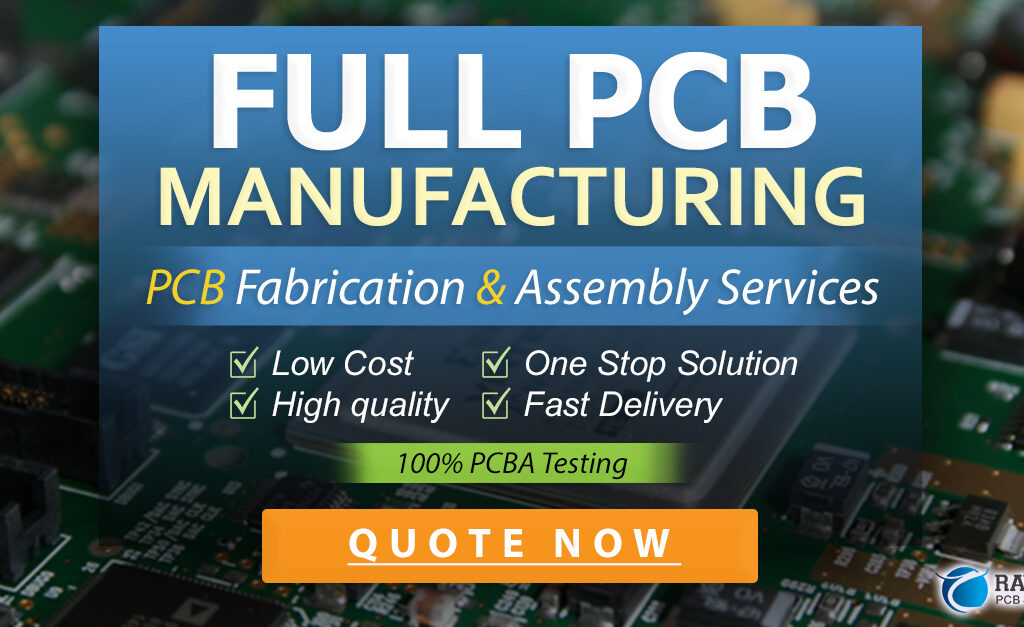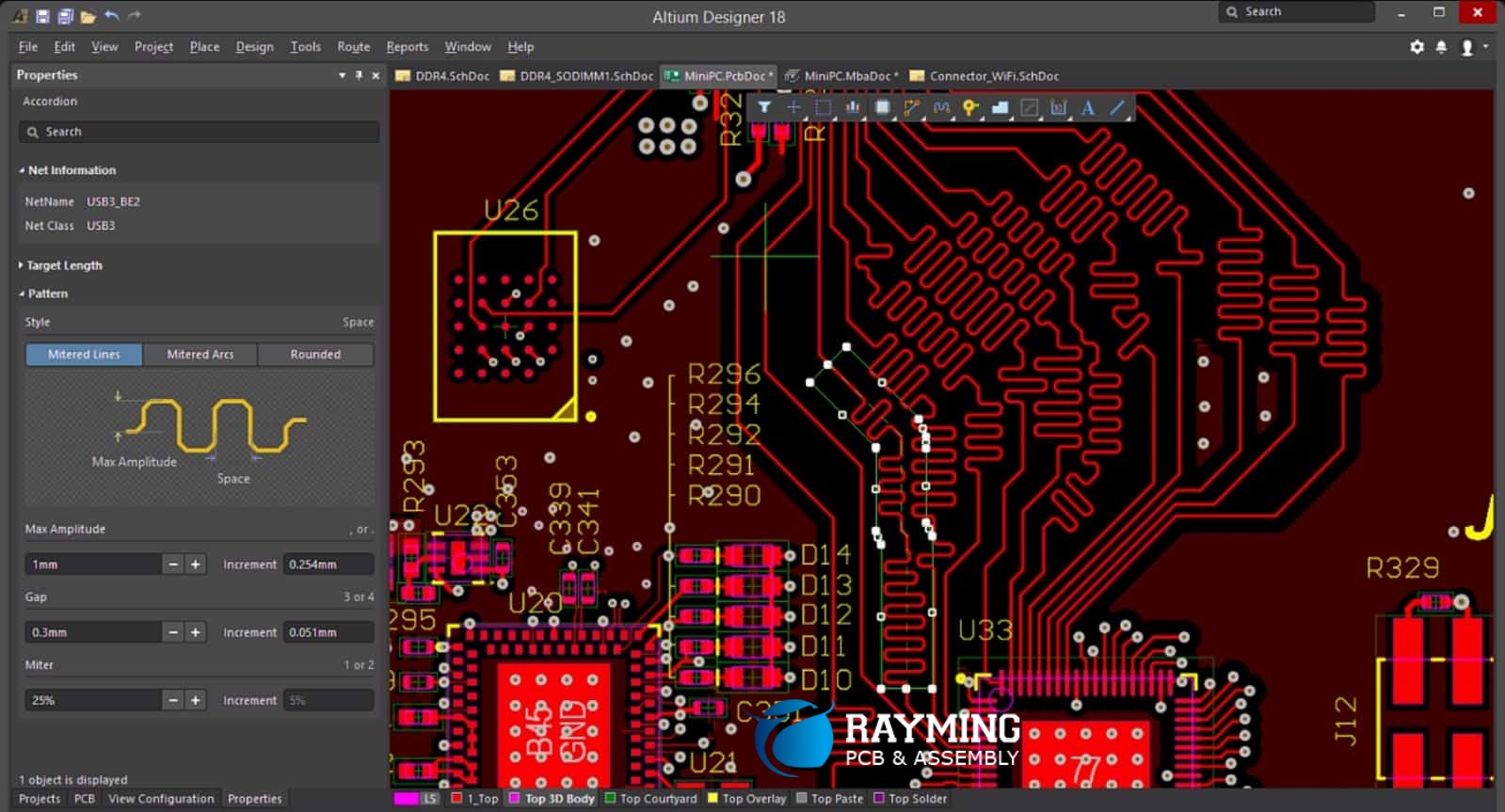What is a contract electronics manufacturer?
A contract electronics manufacturer (CEM) is a company that manufactures electronic components, subassemblies, products, and systems for other companies based on their specifications. CEMs provide manufacturing, supply chain management, design, engineering, and testing services to OEMs to help simplify the electronic product development process for companies.
Key Roles of CEMs:

CEMs play a critical role in bringing all the necessary pieces of electronics products together, allowing OEMs to focus on their core expertise of product design, development, and commercialization. Some of the key roles and benefits offered by contract electronics manufacturers include:
Electronic Manufacturing Services:
1.1. Component Sourcing and Supply Chain Management
CEMs handle all aspects of component sourcing and supply chain management, leveraging their procurement volume and relationships with component suppliers.
|Task|Description|
|-|-|
|Component sourcing|Source all electronic components required based on bill of materials (BOM)|
|Supplier management|Maintain relationship with suppliers and negotiate prices|
|Inventory management|Manage inventory and warehousing of components|
|Logistics|Handle logistics of component delivery to production lines|
1.2. Printed Circuit Board (PCB) Assembly
CEMs assemble electronic components onto printed circuit boards (PCBs) to add functionality per client designs. They have specialized production capabilities and capacity to handle quick-turn low to high-volume PCB assemblies.
|Service|Description|
|-|-|
|SMT Assembly|Assemble surface mount devices (SMDs) onto PCB with SMT assembly machines|
|Through-hole Assembly|Insert electronic components through holes on PCB|
|Testing & Inspection|ICT, AOI and other testing to ensure quality standards|
|Conformal Coating|Add protective coatings on assembled PCBs|
1.3. Product Assembly and Testing
CEMs provide product level assembly by adding additional mechanical and electronic subassemblies, integrating into complete enclosure, and testing the final product.
|Task| Description|
|-|-|
|Sub-assembly|Assemble mechanical, optical, and other subsystems|
|Final assembly|Assemble subsystems into complete electronic product|
|Testing|Conduct safety, performance, environmental and compliance testing|
|Certification|Product level regulatory certifications (FCC, UL, etc.)|
Design and Engineering
2.1. Product Design
CEMs provide design services to assist with product development process – from a concept, reference design to full scale design for manufacturing.
|Service|Description|
|-|-|
|Concept design|Initial design based on product requirements|
|Detailed design|Complete product design package including PCB layouts|
|DFX services|Design for manufacturing, quality and other services|
2.2. Test development
To validate product designs meet requirements, CEMs develop specialized test procedures and fixtures.
|Service|Description|
|-|-|
|Test procedures|Develop product level test plans|
|Test jigs & fixtures|Design test setups, jigs and fixtures|
|Automated test software|Software to automate testing process|
2.3. Compliance and regulatory testing
To obtain regulatory certifications, CEMs provide pre-compliance design reviews along with compliance testing services:
|Service|Description|
|-|-|
|Pre-compliance review|Evaluate product designs for compliance|
|EMC/RF testing|Test electromagnetic compatibility and radio interference|
|Environmental testing|Test equipment against vibrations, thermal shocks|
|Safety testing|Test to product safety requirements|
2.4. New Product Introduction (NPI)
CEMs provide specialized services to help companies successfully launch new products:
|NPI Service| Description|
|-|-|
|Prototype builds|Rapid prototyping of PCBs and enclosures|
|DFM analysis|Improve designs for efficient manufacturing|
|Process validation|Ensure repeatable manufacturing process|
|Product validation|Comprehensive product testing and refinement|
|Low-rate initial production|Support market validation builds|
Supply Chain Services
3.1. Materials Procurement
Leveraging economies of scale, CEMs can cost-effectively source components and other materials:
|Service|Description|
|-|-|
|Strategic sourcing|Leverage volumes for cost negotiation |
|Inventory management|Manage and warehouse inventory|
|Supply continuity planning|Dual-sourcing, last time buys etc|
3.2. Manufacturing Network
Access to a global network of specialized manufacturing sites and services:
|Capability | Description|
|-|-|
|Global facilities| Utilize manufacturing sites across geography|
|Flexible capacity|Access excess capacity and scale swiftly |
|Specialized technologies|Leverage unique capabilities – enclosure fab, system integration|
3.3. Logistics and Distribution
Streamline product delivery with value-added logistics and distribution services:
|Service|Description |
|-|-|
|Direct order fulfillment|Assemble/configure to order |
|Warehousing|Store finished goods close to customers|
|Channel logistics|Handle distribution logistics to channel partners|
Why Outsource Manufacturing to a CEM?
There are several key reasons OEMs choose to outsource part or all of manufacturing to a contract manufacturer instead of making in-house:
Focus on Core Competencies
Rather than investing to build internal production infrastructure, OEMs can focus management bandwidth on technology innovation which creates true value differentiation in the marketplace.
Speed and Agility
By leveraging existing infrastructure and flexible capacity of CEMs, OEMs can cut time-to-market for new product introductions and better react to shifts in market demand.
Cost Savings
CEMs manufacturing specialization and economies of scale enable significant cost savings, converting fixed costs to a variable cost structure for OEMs.
Quality and Reliability
Mature quality systems and process discipline of CEMs lead to consistent product quality, as defects detected at manufacturing translate to substantial warranty savings.
Strategic Supply Chain
Gain access to a global supply chain network and inventory availability by leveraging materials procurement and logistics capabilities.
Contract Manufacturing Models
CEMs support OEM production needs across the entire product lifecycle via different types of engagement models:
Turnkey / Box-Build Assembly
CEM manages production of complete product to specifications with post-assembly test procedures.
System Integration
Integration of cables, controllers, software on to base system hardware.
New Product Introduction (NPI)
Rapid prototyping, design refinement, process validation, and transition to production.
Aftermarket Services
Value-added logistics support for spares, repairs, refurbishment, and product upgrades.
Electronics Manufacturing Services (EMS)
Production of PCB assemblies, subsystem modules, or testing to product drawings and test procedures.
Based on the stage of the product lifecycle and internal capabilities, OEMs choose right level of outsourcing with CEM partners. High-mix, low-volume production is well suited for EMS engagement whereas high-volume commodity products align well with turnkey model.
Key Considerations in CEM Selection
Selecting the right contract manufacturing partner is critical long-term decisions for OEMs. Some of the factors to evaluate include:
Strategic Fit
Domain experience in target verticals, complementary technology competence areas, and cultural fit enable strategic partnership over long product lifecycles.
Manufacturing Capabilities
Evaluate production capacity, core competencies against internal gaps, quality systems maturity across global facilities and bandwidth to offer desired level of outsourcing model.
Supply Chain Capabilities
Assess breadth of component suppliers available, BOM sourcing expertise, inventory management infrastructure and associated legal and environmental compliance systems.
Technical Expertise
Domain experience translates not just into efficient manufacturing but also technology roadmaps alignment, product robustness and accelerated product development.
Cost Structure
Carefully analyze baseline pricing models, associated travel costs, IP protection, flexibility in MOQ commitments and scalability to choose most optimal cost structure.
Quality and Compliance
Audit key metrics like manufacturing defect rates, warranty costs reductions delivered, product safety and regulatory compliance track record to right balance cost vs quality tradeoffs.
Customer References

First-hand feedback from existing customers on responsiveness, program management practices, continuous improvement mindset and collaboration model deliveries provide valuable insights.
How to Initiate Engagement with a CEM?
Follow step-by step process to start engagement with an EMS partner:
Product Evaluation
Submit product design package for design review feedback, DFM analysis, preliminary cost estimation and readiness assessment.
Business Evaluation
Discuss production volumes, pricing models, quality expectations, compliance needs etc. to determine mutual fit.
Supplier Qualification
Conduct site audits, quality system assessments, and review CEMs customer referenceability to technically qualify.
Contract Negotiation
Clearly define business terms & expectations around pricing, IP protection, warranty, payments terms etc. in a supplier agreement.
NPI & Pilot Builds
Develop prototypes, execute pilot builds, refine processes, and validate capabilities before committing to production.
Key Takeaways
- Contract electronics manufacturers offer end-to-end manufacturing services and supply chain capabilities allowing OEMs to focus on innovation.
- CEMs lower costs, accelerate time-to-market, deliver consistent quality and simplify global logistics for OEMs.
- CEM expertise spans electronic manufacturing, product design, regulatory compliance, NPI and aftermarket services across the entire product lifecycle.
- Right selection and engagement model with a CEM partner is critical strategic choice for OEM success.
Hopefully, this overview gives you a comprehensive understanding of opportunities CEM engagement offers along with a streamlined process to initiate partnership discussions in order to meet your production goals and ultimately deliver greater value to your end customers.
Frequently Asked Questions
FAQ
1. What are the typical production volumes handled by CEMs?
CEMs have the capabilities to assemble products in low to high volumes. They can efficiently handle prototype builds in small quantities to full-scale mass production of millions of units per year. With flexible production lines and mixed-model assembly strategies, they can meet low annual volumes by aggregating demand across multiple customers. As a rule of thumb CEMs cost-effectively support manufacture of hundreds to hundreds of thousands of finished products per month.
2. How are CEM prices and payments structured?
CEMs provide competitive baseline pricing per manufacturing assembly or service which scales with order quantities and is augmented by material costs procured. Component procurement rates reflect true market economics rather than arbitrary markups. Customers can pay on procurement upfront with sequential milestone payments during product assembly, test, and delivery stages. For high-run products a progress payment structure is more optimal to limit working capital requirements.
3. How is intellectual property (IP) protected when working with a CEM?
Leading CEMs provide robust IP protection included in contract terms and enforced physically via manufacturing controls and IT system security policies. Manufacturing segregation, restricted data access, non-disclosure agreements with staff, and limited knowledge transfer on need-to-know basis help guard customer IP and technologies while still delivering production value.
4. How are product warranties handled between OEM and CEM?
Product warranties to end customers are owned by the OEM who defines the policies. Manufacturing defects can contribute to field failures so CEM contracts establish defect rate targets and scope the division of warranty liability if manufacturing quality issues arise. Typically CEM defect rates are low relative to product return rates so most manufacturing issues are resolved during product testing stages.
5. What level of Turnaround Time (TAT) can be expected for CEM prototyping?
To support efficient new product introductions, leading CEMs offer rapid prototyping capabilities with turnaround times ranging from a few days for simple PCB assemblies to 2-4 weeks for complex subsystem prototypes including mechanical enclosures. First article builds take longer around 4-8 weeks since fabrication and procurement precede initial assembly. With modular building blocks and reference designs, CEMs can accelerate TAT further.




